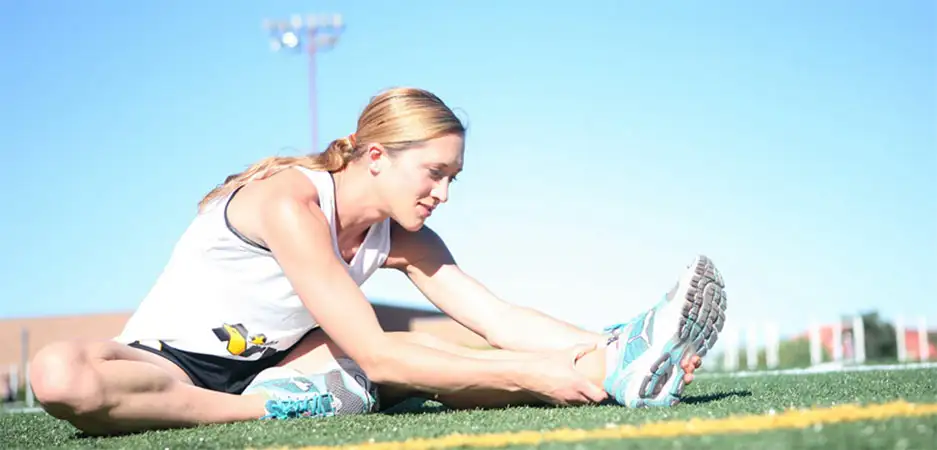-
AllAnytime Fitness Gym Art Beer Of The Week Blog Bus Fares Bus Service Business Business Expo C2C Care Care Home Charity Children Christmas Cinema City Status Cliffs Pavilion Cliffs Pavilion Review Cocktail Recipes College Community Competition Construction Coronation Coronavirus Dannielle Emery Design Easter Education Electoral changes Leigh on sea Emma Smith Employment Emsella Chair Environment Essex & Suffolk Water News Essex Police Essex Wildlife Trust News Events Family Fun Fashion Festival Film Finance Fitness Food Food & Drink Football Foulness Bike Ride Fresh Face Pillow Company Gardening General Election Hair & Beauty Halloween Harp Havens Havens Hospice Havens Hospices Havens Hospices Health & Fitness Health & Beauty Health & Fitness Healthwatch Southend Historicaleigh History Holidays Housing Indian Indirock Jubilee Karen Harvey Conran Kids Kids Blogs Kids Competitions Kids Reviews Lazydays Festival Legal Legal Eagle Leigh Art Trail Leigh Folk Festival Leigh Library Leigh On Sea Finds Leigh Road Leigh Town Council Leigh Town Council Press Release Leigh on Sea Leigh on Sea Sounds Leigh on sea Folk Festival Leigh on sea Marathon Leigh on sea Town Council Leigh on sea man breaks marathon record Leigh on sea news Lifestyle Livewell Southend Press Release LoS Shop London London Southend Airport Los Shop Marathon Melinda Giles Mortgage Angel blog Mortgages Motherofalloutings Mughal Dynasty Music My Mortgage Angel MyLoS NHS News News Newsletter Offers Outfit Of The Week Palace Theatre Parenting Parking Pets Picture Of The Week Pier Politics Press Release Press Release Southend City Council Professional Property Property Of The Week RSPCA Ray Morgan Re:loved Recipes Recycling Restaurant Restaurant Review Restaurants Review Roads Rotary Club Royal Hotel Royal Visit SAVS Schools Seafront Shopping Shows & Music Review Shows & Music Shows & Music Review Southend Southend Airport Southend Borough Council Press Release Southend City Bid News Southend City Council Southend City Council Press Release Southend City Council Press Release Southend Community Safety Southend Hospital News Southend In Sight Southend In Sight Southend In Sight Press Release Southend on Sea Sport The Mortgage Mum The One Love Project The Ship Hotel Theatre Theatre Blog Theatre Review Theatre review Transport Travel Travel Veolia Village Green Volunteer Weddings Whats On c2c
Things That You Might Be Missing When Training

Most of us find that repeating our workouts means that we begin to slip into a routine. For instance:
- Gym
- Train
- Sweat
- Shower
- Home
If this sounds familiar to you, then there are some changes that need to be made. By doing these small things, you will be able to improve your performance, prevent an injury and will ultimately feel so much better.
When people train, they often complain that although they are exercising frequently, they are not feeling any better. So I will usually ask them the following questions:
- Do you warm-up and/or stretch before you train?
- Do you cool down and/or stretch after you train?
- Do you keep well hydrated?
- What is your diet like?
- How often do you train?
How many people reading this article maintain all of these points to a good standard? Well, if you’re reading this then I’d like to think you do rather well in looking after yourself, but it doesn’t hurt to give you a gentle reminder of a few things.
Warm Up Stretches
The reason we stretch before the main activity is to allow those muscle fibres to have access to the nutrition that they need during exercise. This allows you to not only perform better in training but to also prevent any injury to your fibres.
The method of warm up first really depends on your training, but ultimately you can’t go wrong with a bit of light cardio (i.e. short jog, cycle, rowing machine). Once you’ve done 5-10 minutes, the blood has started pumping around and is feeding your body the energy that it needs.
Once you’ve had that cardio session you can safely stretch. Again it depends on your main activity when discovering the most effective way to stretch out, but the methods are universally known to those in the fitness industry as; static stretching, dynamic stretching and PNF.
Static Stretching
Static stretching is as it says, a static position targeting a particular muscle group and stretching that group out. Holding this stretch for 20-25 seconds is what’s needed for a warm up, but where there’s an opinion there is debate. Some will say longer, some will say shorter. I say who actually counts in exact seconds?? As long as it’s around that figure you’ll be alright. If you pass a minute you can start to damage fibres so try to steer clear of that.
Dynamic Stretching
Dynamic stretching involves movement. This is seen quite regularly in football with the hips. It’s a little more risky for my liking as it can really depend on the individual and how far they push themselves through the stretch. It theoretically can lead to an injury if done too vigorously. So if this is the stretching choice you make, be sensible.
Using the quads as an example again, you would simply jog on the spot bringing your heels up to your buttocks. If this seems difficult for you, what you could do is have the back of your hands on your buttocks and try to have your heels hit your hands. It’s a good target.
I always like to reinforce movement into peoples’ lives, so for that reason I would choose this stretch in a training situation. It’s great to get a full range of movement in your warm up.
PNF
PNF (proprioceptive neuromuscular facilitation) is a two-participant stretch routine, therefore isn’t seen as much as the others simply for lack of efficiency. Those who have been treated by us however may have come across it, but I call it MET.
There are a few different ways to do this type of stretch, all of which work so it’s really up to you which you prefer. Once again using the quads as an example, the individual would lay on their front, and the assistant would pull the individuals foot up towards the buttock. If there is resistance that’s where to stop. From there the assistant could ask the individual to push a light force against the stretch, then take a deep breath and stop pushing. At which point the assistant would go further into the stretch. This can be done up to 4 times, depending on the muscle group and individuals capability.
PNF is better to use if you have tightness in a muscle group, or a lack of range of movement. I’d recommend it for those instances but probably not so much for a warm-up in exercise.
Cool Down Stretches
Cooling down is just as important if not more than warming up, and can be done in exactly the same way with a little longer time to hold stretches. A very light cardiovascular “bring down” followed by a static or PNF stretch. At the end of training I would definitely steer clear of dynamic stretching.
Hydration
Dehydration could lead to a number of consequences from as mild as cramp, to as severe as death. It’s not something to forget. Keeping regularly hydrated during any activity is a vital part of your routine. Symptoms can vary from headaches, blurred vision, dry skin, lack of concentration, the list goes on.
If you are dehydrated by as little as 2% that can affect your performance by 50%, and if your performance is flawed then technique may be flawed, which can lead to injury. The negative effects of dehydration is a limitless list, so just take from this section that you need to drink fluids regularly during training.
Now on the flip side, you don’t want to drink TOO much. The symptoms are quite similar to dehydration, so you just need to be aware whether you’ve drank too little or not enough. It’s very easy to become fixated on keeping hydrated and ending up causing water intoxication, so just keep on top of your fluid levels and don’t veer in either direction.
Frequency of Training
How often do you train? This is something which again really depends on your exercise. Listening to your body is the easiest thing to do though, if you feel tired or sore, it’s probably not the best thing to keep pushing through. The saying goes “no pain no gain” which to an extent is true, but if that pain is debilitating or you find yourself with a limp, try to reign it back a bit!
Over-training is one of the most common reasons for injury. Rest is just as important as exercise, it gives your body the time to recover and restore. The aching you get after exercise is known as DOMS (delayed onset of muscle soreness). This is when a percentage of muscle fibres have broken and need to stitch back together. As they do so they grow stronger, and that’s how you gain endurance and strength. If you don’t leave time for that DOMS to do its job, you’re going to build-up something that requires a sports injury therapist.
Stay safe. If you listen to your body then you can’t miss any of the easy things to slip-up on.
This article is by Louise at The Bodymatters. To book your appointment please visit http://www.leigh-on-sea.com/the-body-matters-leigh-on-sea.html or call 01702 714968
ADD A COMMENT
Note: If comment section is not showing please log in to Facebook in another browser tab and refresh.























